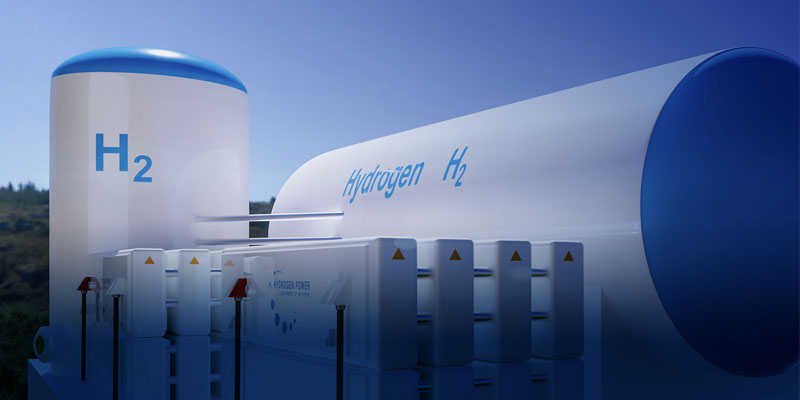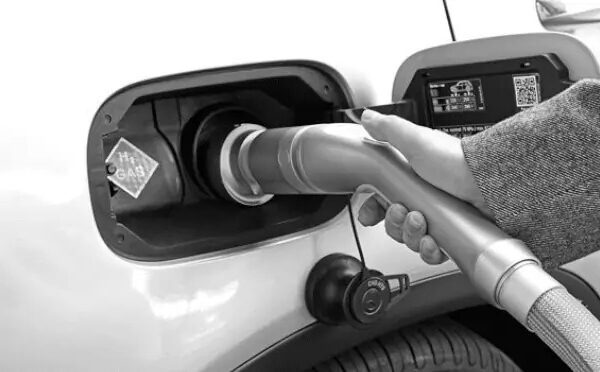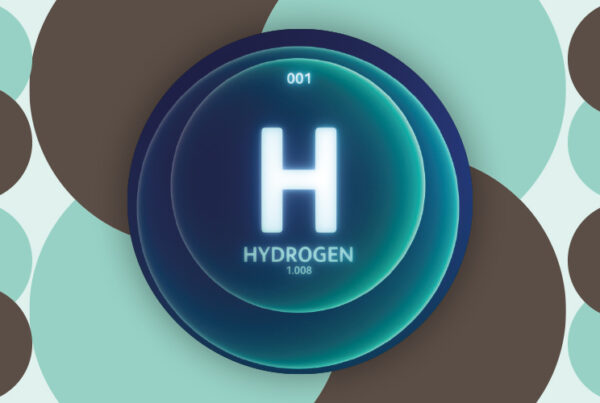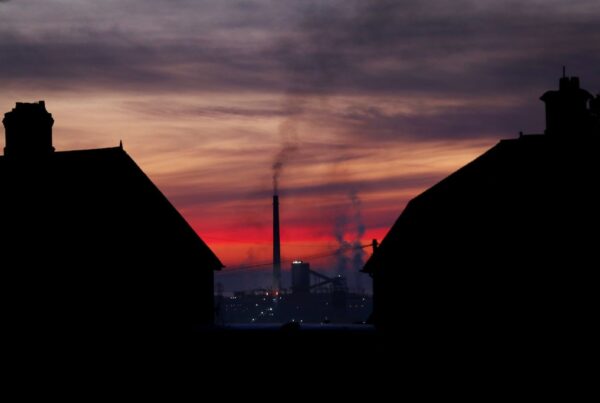
Clean hydrogen has been rightly touted as one of the pillars of a future energy system. But in many ways, the role of clean hydrogen in today’s economy is fundamentally misunderstood. While it has enormous potential to decarbonise sectors like transport, heating, and industry – few realise that there is already an existing market for hydrogen, and that every year nearly 70 million tons of it are used for fertilisers, oil refining, steel manufacturing and more.
The hydrogen these processes use is almost entirely generated using fossil fuels – from natural gas to coal – which means that hydrogen production currently emits more than twice the UK’s greenhouse gas emissions – a staggering 830 million tonnes every year – and counting. That’s why almost all of the activity in clean hydrogen today is to replace this ‘grey’ or ‘black’ hydrogen with cleaner alternatives.
Over time, investors and policymakers will help drive the use of clean hydrogen across other sectors of the economy – but its chief role in decarbonisation today is to replace dirtier hydrogen, not to displace other fuels. What this means is that much of the technological concerns sometimes raised about hydrogen are unfounded. There are plenty of existing solutions for storing and transporting hydrogen already – and we have all the knowhow we need on addressing any safety concerns around the fuel because we’ve already been using it for decades. An indication of the system’s technical readiness for this transition is the UK Energy Networks Association’s announcement that Britain’s gas grid will be ready to deliver hydrogen right across the country – from next year itself.
The greater challenges are further down the line, and a mixture of policy and technological innovation will help address them. Regulators can do that in a number of ways – most importantly, perhaps, by mandating that processes that use polluting hydrogen switch to clean alternatives as soon as possible. Schemes similar to those used to support renewable development in 2000s can also be effective – and those schemes need to be instituted now – because we’ll need 200 times the clean hydrogen we had in 2019 by 2030 to meet net-zero goals.
Clean hydrogen will help to address energy security concerns – as new European plans to rapidly scale up production explicitly outline. It will also help reduce poor air quality, especially emissions from transport – and of course, crucially replace fuels that today emit millions of tons of carbon dioxide.
Of course, as clean hydrogen penetrates broader sectors there will be the need to innovate – whether that’s making electrolysers more efficient or reducing the reliance on rare and expensive materials in fuel cells. But if the renewable energy revolution this millennium has taught us anything it is that technological progress is faster than we can ever imagine, and that with appropriate support and incentives, clean energy technologies can fall in price astonishingly quickly.
We’ve mostly got the established, mature technology to produce clean hydrogen and chip away at the huge emissions produced making ‘grey’ hydrogen. What we need is for policy actions to ensure we scale up production quickly enough to start to use clean hydrogen everywhere where a zero-carbon future will demand it.










